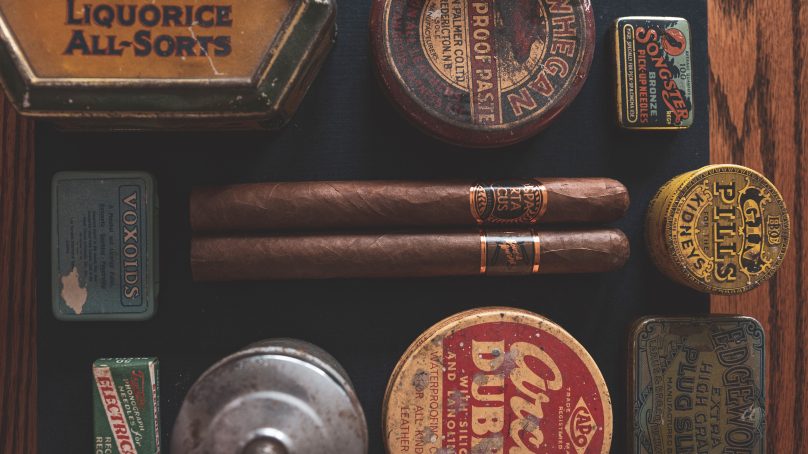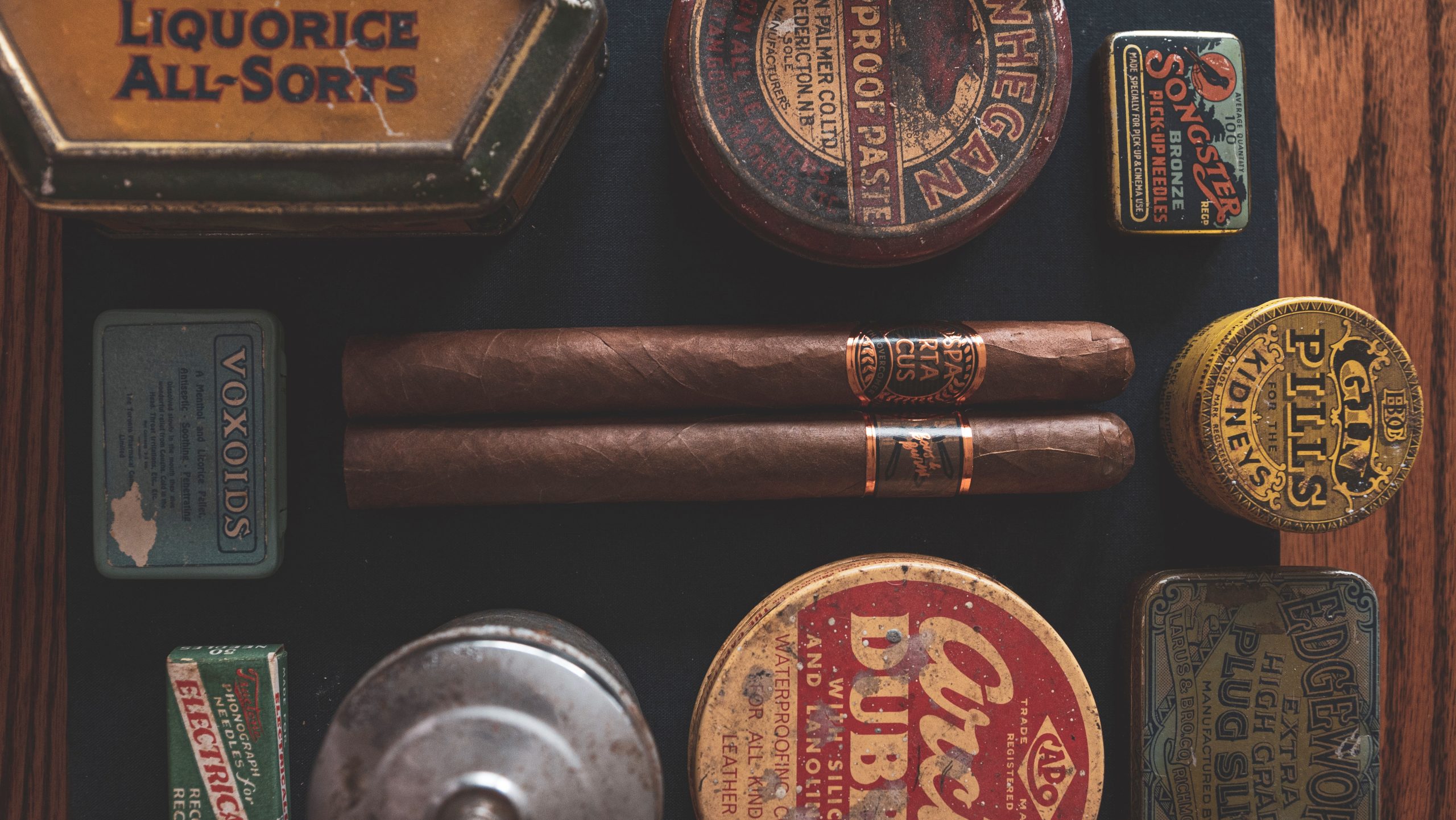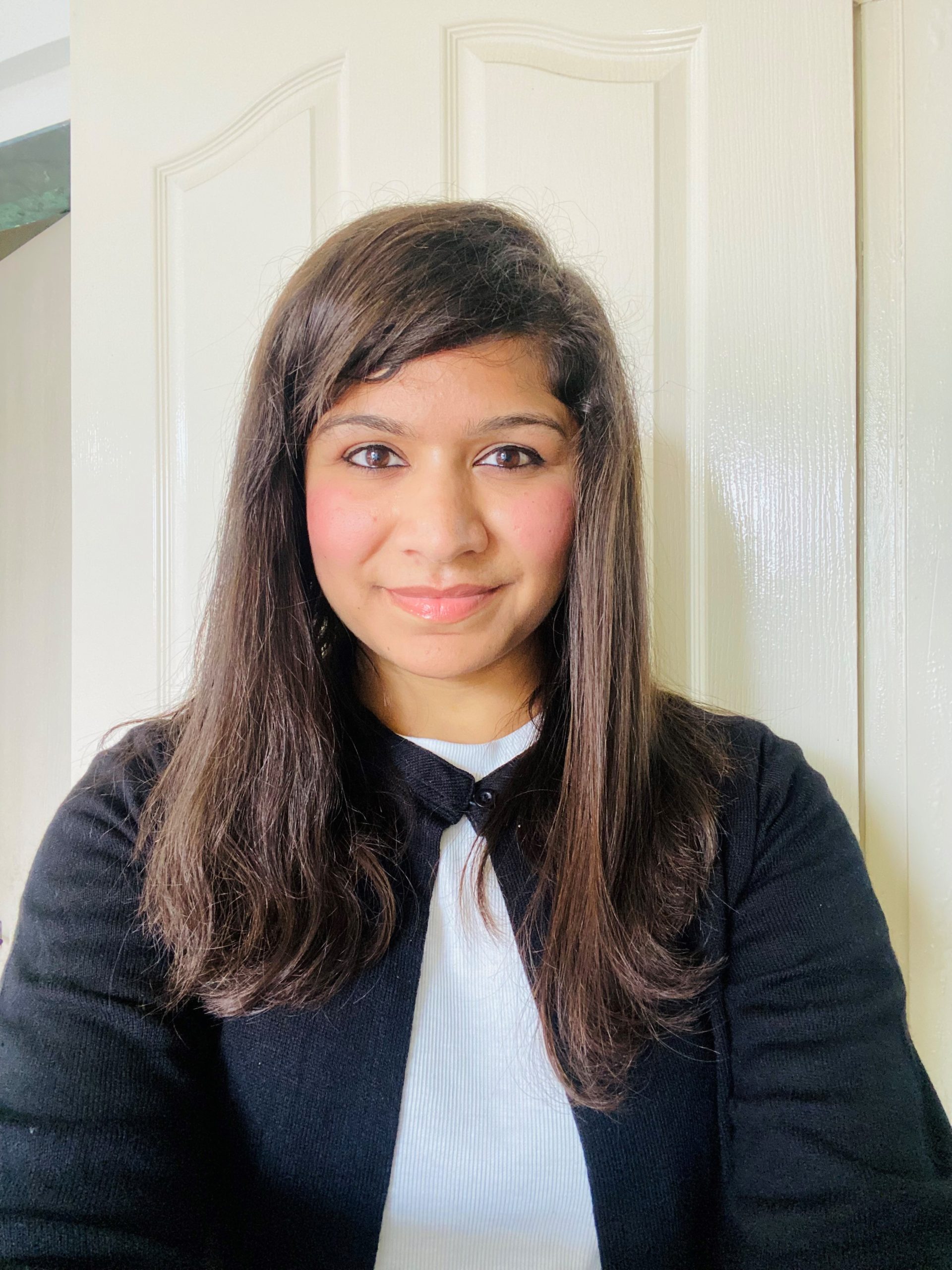

Tobacco companies are investing in alternatives, which is one of the reasons for growth. However, traditional cigarettes will still drive most of the volume growth in the coming years. The sales of cigars in the Middle East region have exponentially increased in recent years. The transformation results from cultural norms, rising female smokers in select markets and the demand for tobacco alternatives. Currently, consumers are opting for well-known cigar brands. Consequently, the price bands are shifting across countries.
Driving factors
Several factors are contributing to the tobacco industry’s growth in Middle Eastern and African (MEAF) markets, namely a young and expanding population, rise in purchasing power and an increase in smoking incidence and prevalence. Furthermore, there’s a growing number of women smokers. Moreover, the widespread availability and visibility of cigarettes at most points of sale play a role. Lastly, the absence of outdoor smoking bans in MEAF markets remains a key factor.
The factors driving growth in the cigar market in the Middle East including:
Luxury symbol
The demand for premium cigars is increasing in the Middle East due to rising discretionary income levels. As people have more disposable income, they are willing to invest in luxury items like premium cigars. Furthermore, the increasing popularity of cigar smoking culture and the rise of cigar lounges contribute to the hype. Smoking cigars has become a popular social activity, especially among high-income consumers who consider them a symbol of prestige and luxury.
Demand for premium brands
As more consumers continue to discover the pleasure of smoking premium cigars, it is expected that the demand for these products will continue to grow in the coming years. The need for premium cigars has increased due to the growing popularity of online purchasing. With the convenience of online shopping, premium cigars are now more accessible to consumers, contributing to increased consumption.
There is an increasing awareness of the advantages of smoking cigars, such as stress reduction and relaxation. Therefore, there is a preference for high-quality, handcrafted cigars over cheaper, machine-made alternatives.
Flavored variants
Another influential factor driving the demand for premium cigars is the prevalence of flavored cigars among young adults. Flavored cigars have become increasingly popular among this demographic, with many eventually transitioning to smoking premium cigars. This trend has increased demand for premium cigars, as more consumers are willing to try them.
Tourism delicacy
Cigar tourism has become increasingly popular in recent years, particularly in the UAE and Saudi Arabia. Many travel to these countries to observe the cigar-making process and learn about the history and culture surrounding the cigar industry. While locals prefer premium and exported cigars, tourists appreciate the local hand-made cigars.
The Middle East’s combined population is around 371 million, which represents a 20 percent share of the world population, growing at 2 to 3 percent annually. The average age of cigar-smoking is 19, which is significantly lower than the global average of 31. To summarize, young people are growing fast with increasing consumer spending. The regional cigar market in the Middle East is anticipated to rise considerably over the next decade.

Ronak Shah,
associate VP at Future Market Insights
@futuremarketinsights














